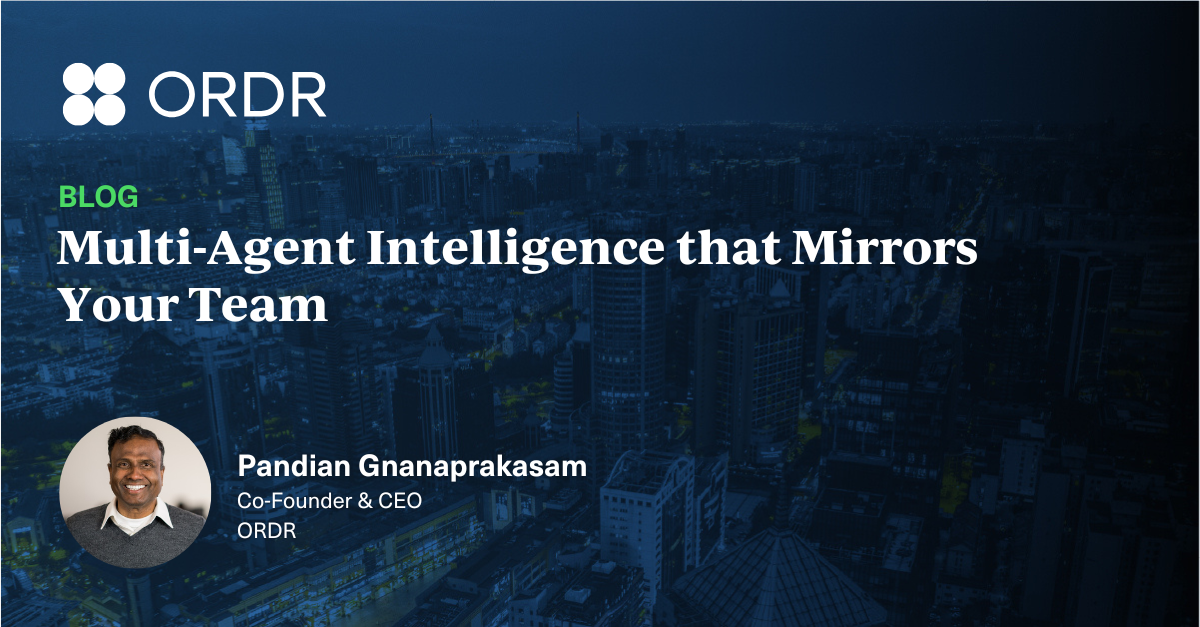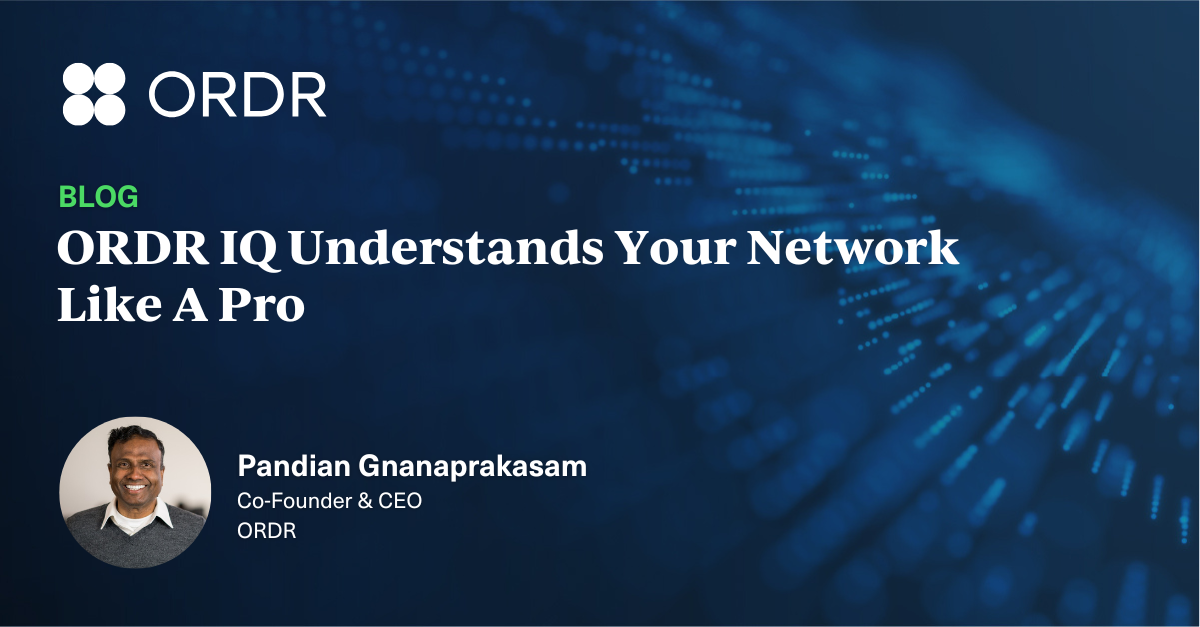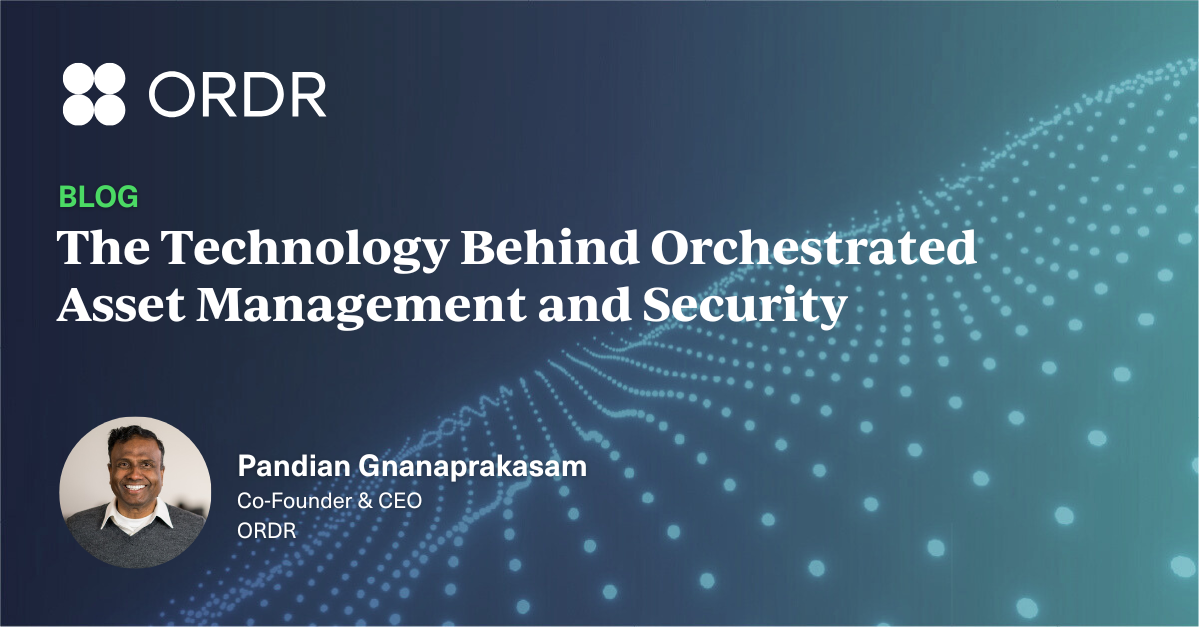Why identity is essential in modern cybersecurity
In today’s cloud-first, remote-everything world, identity has become the backbone of enterprise security — enabling precise control over who gets access to what, when, and how. It allows organizations to enforce least-privilege access, tie every action back to an individual or entity, and simplify audits and incident investigations.
But most identity strategies are still rooted in a world of user-bound devices: laptops, desktops, and smartphones assigned to specific individuals. This model works well for IT endpoints with logins, agents, and user behavior patterns.
However, the enterprise landscape is changing fast. The network is increasingly populated by machines that have no users — medical scanners, building systems, factory equipment, and more. These IoT devices are vital to operations, yet invisible to most identity frameworks. Securing them requires a different model — one that goes beyond user credentials to consider device behavior, context, and risk.
The growing identity gap for IoT devices
When people hear “IoT,” they might think of smart TVs or consumer gadgets. But in the enterprise, IoT devices include everything from hospital CT scanners to factory automation systems, security cameras, badge readers, and building management systems — devices critical to day-to-day operations. These devices are growing at a staggering pace. According to IoT Analytics, traditional IT devices, typically tied to a single user per device, have seen flat growth, while IoT devices have increased by over 670% between 2014 and 2024. ORDR’s own Rise of the Machines Report finds that IoT now represents 42% of all enterprise-connected assets.
That’s not just a visibility challenge, it’s a massive security risk. In early 2025, a ransomware attacker bypassed EDR controls by deploying its payload directly to a connected camera. In manufacturing or healthcare, similar attacks could impact production lines or even patient care. The stakes are too high to ignore.
Why traditional identity methods fail for IoT
Unlike traditional IT devices, most IoT assets don’t support user logins or endpoint agents. They often run legacy operating systems, can’t be scanned, and operate without user associations, making traditional identity-based security models ineffective.
Securing these devices requires a new model of identity, one built not on users or installed software, but on context and behavior.
Using behavioral analysis to identify IoT devices
The most reliable method for establishing IoT device identity is analyzing its behavioral characteristics — essentially what the device does and how it typically operates. While complex, this approach provides exceptionally accurate identification and a baseline for assessing risk.
For example, to conclusively identify a CT scanner, we must first establish baseline behavior by studying the typical connection and communication patterns of multiple CT scanners. Once these behavioral fingerprints are captured, similar devices can be immediately identified when they connect to the network.
Tracking devices over time with unique identifiers
MAC addresses serve as excellent unique identifiers that can be consistently tracked even as IP addresses change dynamically. When properly implemented, IP-MAC binding allows for accurate identification of the same device throughout its operational lifetime.
With a unique and accurate identification established, organizations can continuously monitor each device and maintain security integrity throughout its entire lifecycle.
How ORDR establishes and uses IoT identity
ORDR uses multiple techniques to establish and enrich the identity of agentless devices:
· Passive network traffic analysis to understand device behavior.
· Active probing and integration with network infrastructure to identify key attributes.
· Crowdsourced enrichment to provide contextual metadata like make, model, OS, and serial number.
Each device is then mapped into a three-tier classification: group, category, and profile. This classification becomes the foundation for accurate security policies, access decisions, and risk assessments.
Turning IoT identity into actionable security
Establishing identity isn’t just about knowing what something is — it’s about enabling smarter protection. ORDR leverages this identity context across the security lifecycle:
· Vulnerability Management: ORDR matches devices to known vulnerabilities based on make, model, OS, and patch levels. For legacy systems that can’t be scanned, ORDR’s lightweight Software Inventory Collector (OSIC) detects vulnerabilities using KB and hotfix correlations.
· Threat Detection: With an identity baseline established, ORDR uses AI/ML analytics to flag anomalies and risky behaviors. Subtle signs of compromise are caught early — before traditional tools might notice.
· Microsegmentation: Identity and behavior translate directly into enforcement. ORDR dynamically generates segmentation policies that isolate risky devices and protect mission-critical systems, enforced via network infrastructure or NAC solutions.
Without proper identity, these devices remain the weakest link. With identity, they become just another manageable element of your security fabric.
Looking ahead: The future of IoT identity and security
As enterprises continue to scale and connect more devices, identity will become the linchpin of effective cybersecurity strategies — not just for users, but for machines as well. The ability to accurately identify and monitor every device on your network is no longer a nice-to-have — it’s foundational to protecting operations, data, and people.
Whether you’re building toward Zero Trust or just trying to reduce operational risk, it’s clear: IoT identity is the next frontier. And getting it right means rethinking the fundamentals. If you’re curious how ORDR helps organizations solve this challenge at scale, connect with one of our experts or explore our Rise of the Machines Report for deeper insights.

Interested in
Learning More?
Subscribe today to stay informed and get
regular updates from ORDR Cloud


